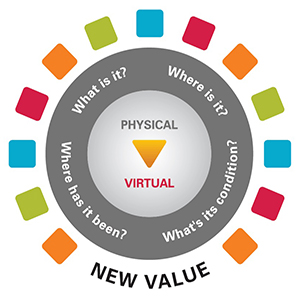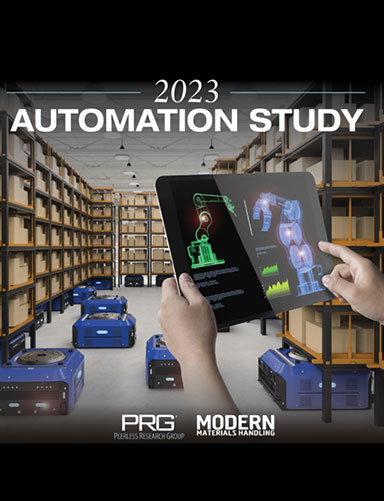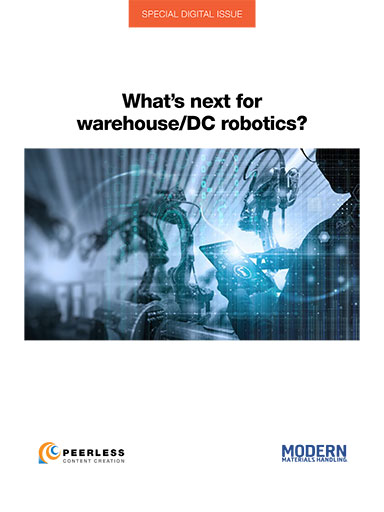The Internet of Things: See More. Do More.
There is a proliferation of devices and technologies being used by organizations to digitally capture movement of objects, including identity, location and condition.
Many new technologies seem to arrive out of nowhere – and then, suddenly, everyone is talking about them. That’s the case with the Internet of Things (IoT).
The term was first coined by Kevin Ashton back in 1999, so it’s actually an idea that has been around some time. The combination and maturity of several other technologies has now made it ripe for adoption.
The IoT is about connecting non-traditional objects to the internet, devices such as GPS devices, thermostats, lighting, RFID tags and even the barcode. It’s not that we should expect these devices to do everything that our smart phones or PCs can, but that they should be represented on the network, and as their status changes the information that represents their changes over time as well.
For businesses, these devices can provide more visibility into organizations’ operational events. For example, IoT technologies and applications can be used to identify, locate or measure the condition of assets, people or transactions within an organization. In gathering this information, organizations can gain real-time visibility into their operations to inform business decisions.
Key factors
So what’s needed to make this happen, and what’s changed to make the IoT this year’s hot technology? The answers are connectivity, management and standardized web APIs. These are the key to a successful IoT adoption.
There is a proliferation of devices and technologies being used by organizations to digitally capture movement of objects, including identity, location and condition. These devices are increasingly capable of network connectivity, and provide the data needed to implement an IoT solution. This network connectivity comes in many forms, and systems should be capable of supporting both legacy and new smart devices, together with devices that are always connected and those with intermittent connectivity.
A key characteristic of an IoT solution is the wide variety and number of devices. Organizations may have hundreds or thousands of devices to set up and manage. These devices should be managed centrally, making use of simple tools. Current status, updates and alerts are essential components.
Devices need to send and receive data to a broad range of applications. In the past, a device might have been connected to only one local application. Now, there will be a broad range of local, remote and cloud based applications that need to connect to distributed devices. Consistent, open application programming interfaces (APIs) between a broad range of devices and applications are needed.
Zebra’s contribution
To support customers as they adopt IoT, Zebra is developing hardware and software solutions that are foundational to the Internet of Things. Even the ubiquitous barcode, which has been around for decades, will continue to play an important role in a connected world. The key is establishing the necessary connections and then harnessing the information. As organizations implement IoT technologies, it is imperative to have an infrastructure and framework that is flexible and scalable, and that can support a wide range of technologies.
Article Topics
Zebra Technologies News & Resources
Data Capture: Bar coding’s new companions Zebra Technologies introduces wearable computers Data Capture: Bar coding’s new friends Retail distribution closes in on the customer Enhance Your 3PL Operations in 2024 with the Latest Technology Solutions Automatic data capture (ADC): Accelerating the process Van Meter: Saving space while increasing throughput More Zebra TechnologiesLatest in Warehouse|DC
Walmart Unleashes Autonomous Lift Trucks at Four High-Tech DCs Plastic Pollution is a Problem Many Companies are Still Ignoring The Harsh Reality for Amazon and Walmart Warehouse Workers Supply Chain Stability Index: “Tremendous Improvement” in 2023 AI Not a Priority for Retailers and CPG Companies US Government Commits $6.6B to Boost Semiconductor Production Major Earthquake Hits Taiwan. How Will This Affect the Supply Chain? More Warehouse|DC













